1996 Time Series Study
About the Dataset
- Time Series Study
- Includes: contextual data
- Completions: 1,714 pre-election; 1,534 post-election
- Sample: panel and fresh cross-section
- Modes used: face-to-face, telephone
- Weights: V960003-V960005,V960005a,V960005b
- Auxiliary files: group membership file
Study Content Highlights
In addition to content on electoral participation, voting behavior, and public opinion, the ANES 1996 contains questions in other areas such as social connectedness, organizational activity, and economic well-being. Special attention is paid to environmental issues and concerns, which are addressed in several new batteries. Other special-interest and topical content includes a module from the Comparative Study of Electoral Systems (CSES), a new battery on spending deficit-tax tradeoffs, a new battery on racial stereotypes, new questions on crime and gun control, and expanded content on exposure, reception, and attention to the media.
Study Design Highlights
The design of the ANES 1996 included a post-election mode experiment in which respondents were randomly assigned to telephone or face-to-face administration prior to the interview. Exceptions from the randomized assignment were made for 47 “out of range” panel respondents interviewed by telephone in the pre-election study, and for respondents without telephones or with physical limitations that prevented use of a specific mode. Post-election telephone respondents were provided with a ballot card and respondent booklet prior to the interview. Among specific design features were the placement of campaign-related congressional items in the pre-election interview to facilitate better understanding of campaign dynamics, the addition of “certainty” follow-ups for issue placements of self and candidates, and new follow-ups on issue importance for self-placements.
Pre-election interviews averaging 74 minutes in length were conducted September 3 through November 4. No interviewing was conducted on election day, November 5. Post-election interviews averaging 70 minutes were administered November 6 through December 31. Randomization was employed for selection of half-samples to reduce overall interview length, and for question order within batteries. The ANES 1996 was the first ANES time series study to employ Computer Assisted Interviewing (CAI). Survey instrumentation was undifferentiated by mode. The 1996 sample included 1,795 panel respondents who had previously been interviewed in the ANES 1994, among whom 759 had also been interviewed in the 1992 ANES. The 1996 sample also included new fresh cross-section cases totaling 661 eligible persons. The total eligible sample was 2,456 cases in all, with 1,714 persons completing pre-election interviews (1,316 panel, 398 fresh cross-section), and 1,534 of those also providing post-election interviews (1,197 panel, 337 fresh cross-section).
Weights Summary
V960003 is a full-sample weight that incorporates a household nonresponse adjustment factor, the within-household selection weight, and a post-stratification factor by age, sex, and region. The panel weight V960004 is constructed for longitudinal analysis. V960005, the “time series” weight, adjusts only for panel aging and attrition, and should be used when comparing the panel cases or the total sample to previous unweighted studies. V960005a and V960005b were constructed to correct for the underrepresentation of younger and less educated respondents and for the resulting contribution to voting overestimation. V960005a adjusts for household nonresponse, weights for within-household selection, and is post-stratified by age and education, with V960005b as a corresponding weight adjusted for attrition between pre-election and post-election studies. It is not intended that analysis be undertaken using the fresh cross component alone.
Auxilary Files
The ANES 1996 auxiliary file on group membership contains data from the detailed post-election battery covering organizational membership and activity, including questions related to each mention (up to four maximum) within 22 categories of groups/organizations. Descriptive variables provided by analysts are also included.
